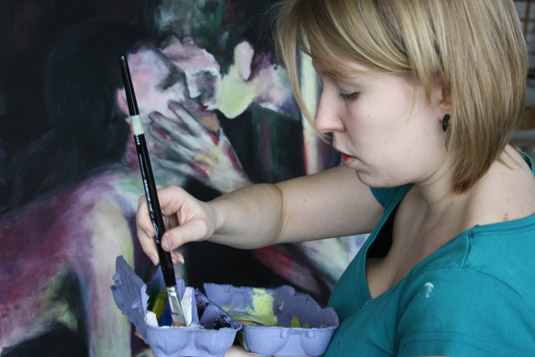Art Education
 Art Education is decisively determined by two factors, which are both subject to constant change. On the one hand there are the pupils, embedded in permanently changing social orders. On the other hand, there are the visual arts, with their principle of perpetual innovation. The high relativity of the factors that determine Art Education may exasperate authoritarian-minded characters, but the associated changeableness on the other hand guarantees that art and Art Education always remain an extension of human development.
Art Education is decisively determined by two factors, which are both subject to constant change. On the one hand there are the pupils, embedded in permanently changing social orders. On the other hand, there are the visual arts, with their principle of perpetual innovation. The high relativity of the factors that determine Art Education may exasperate authoritarian-minded characters, but the associated changeableness on the other hand guarantees that art and Art Education always remain an extension of human development.
Kunibert Bering was able to prove that art and art education are dynamic systems. This contradicts Niklas Luhmann, the founder of sociological systems theory. Supported by a severely conservative appreciation of art, Luhman tried to treat art as a closed system. Thus, hardly anything can be written about art education itself, but rather about its historical forms up to the present day.
At the same time one can assume that scarcely any didactic model must remain irrelevant forever. The subject matter and the methods of past eras should therefore be considered to be a stone quarry, because, with an altered starting position, a find can attain an updated significance in the altered context. At the beginning of the third millennium, art education can look back at two centennials. To put it simply, from 1800 onwards instruction in drawing was gradually introduced in public schools, but we can only really talk about actual art lessons from 1900 onwards.
Prof. em. Dr. Wolfgang Kehr

